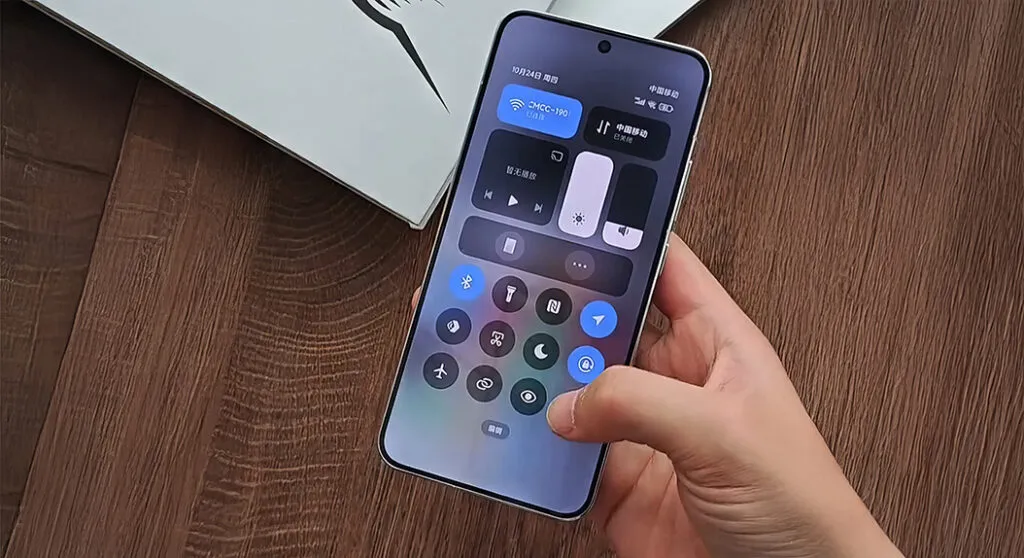When HyperOS originally came out last year, it had its share of problems, just like any first-generation product. It was first released by Xiaomi with the intention of consolidating their product lines under a single operating system, and this objective has mostly been accomplished. However, there have been significant flaws and performance problems with certain cellphones.
Xiaomi is attempting to resolve these issues with the next HyperOS 2.0 version. According to industry sources, the business is making large investments to optimize the operating system in order to give users a more responsive and seamless experience.

Reliable tipster Fixed Focus Digital claims that Xiaomi’s HyperOS 2.0 would improve automobile connectivity, fix lock screen mistouches, and optimize cold starts. To enable more people to take advantage of the new capabilities, Xiaomi is also apparently extending the OS’s compatibility to a larger spectrum of older devices.

In a similar development, rumors regarding Jin Fan’s involvement in the creation of HyperOS 2.0 have been raised by his recent isolation as Xiaomi’s Product Director and MIUI Experience Head. Many industry insiders think Fan’s experience is essential to the OS’s success, despite Xiaomi’s claims that his absence has nothing to do with the project.
According to leaked material, the OS might have a “Camera Scan” feature that utilizes WLAN signals to find hidden cameras in an effort to improve user privacy.
Furthermore, it is anticipated that HyperOS 2.0 will have sophisticated AI features, resulting in an ecosystem that is more intelligent and user-focused. HyperOS 2.0’s official release date is unknown, but it is anticipated to coincide with the Xiaomi 15 series’ late October introduction.
Last October, HyperOS was first released in China with the Xiaomi 14 series, taking the place of MIUI. By early 2024, it had spread to smartphones like the Redmi Note 13 Pro series, Poco X6 Pro, and M6 in India.





